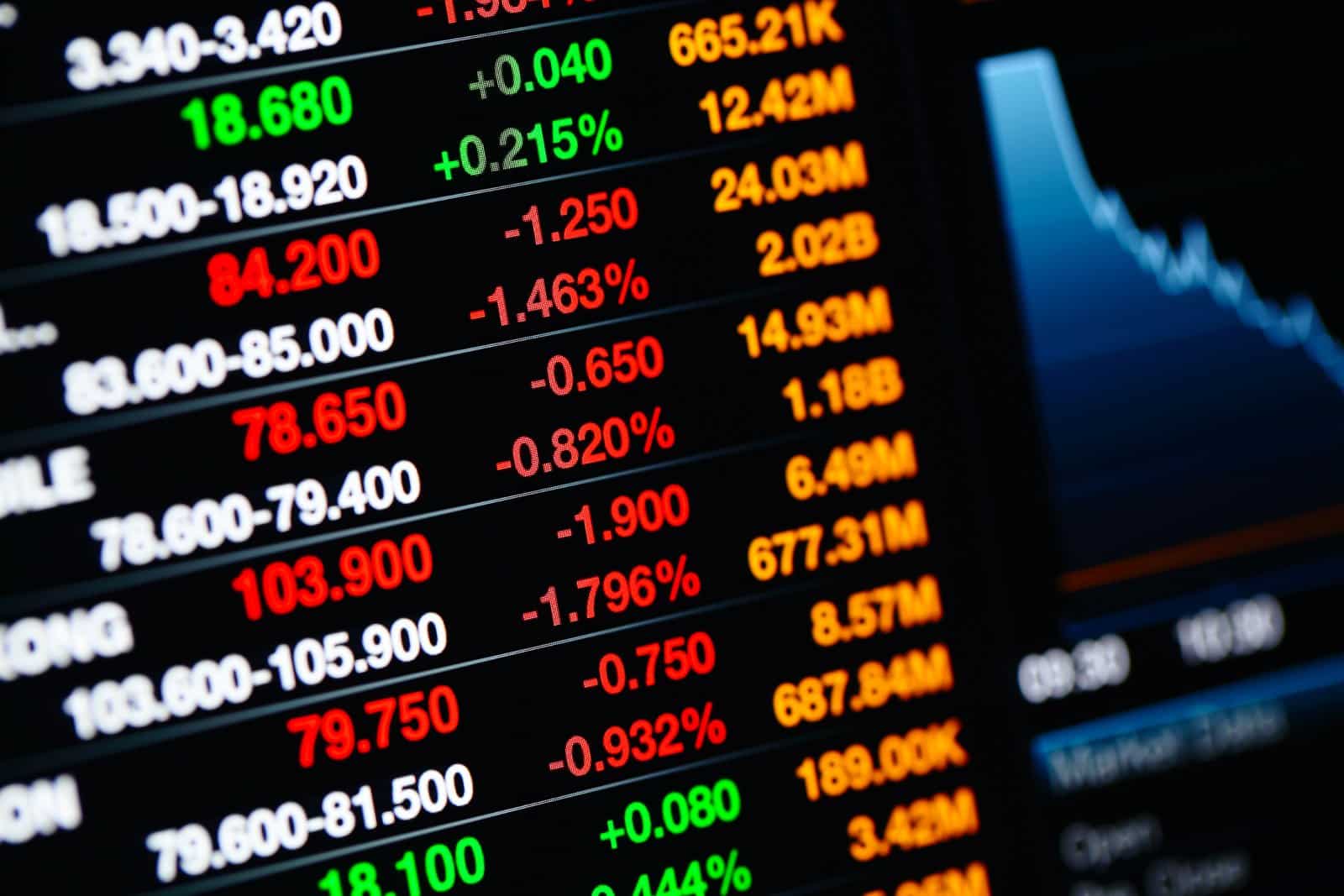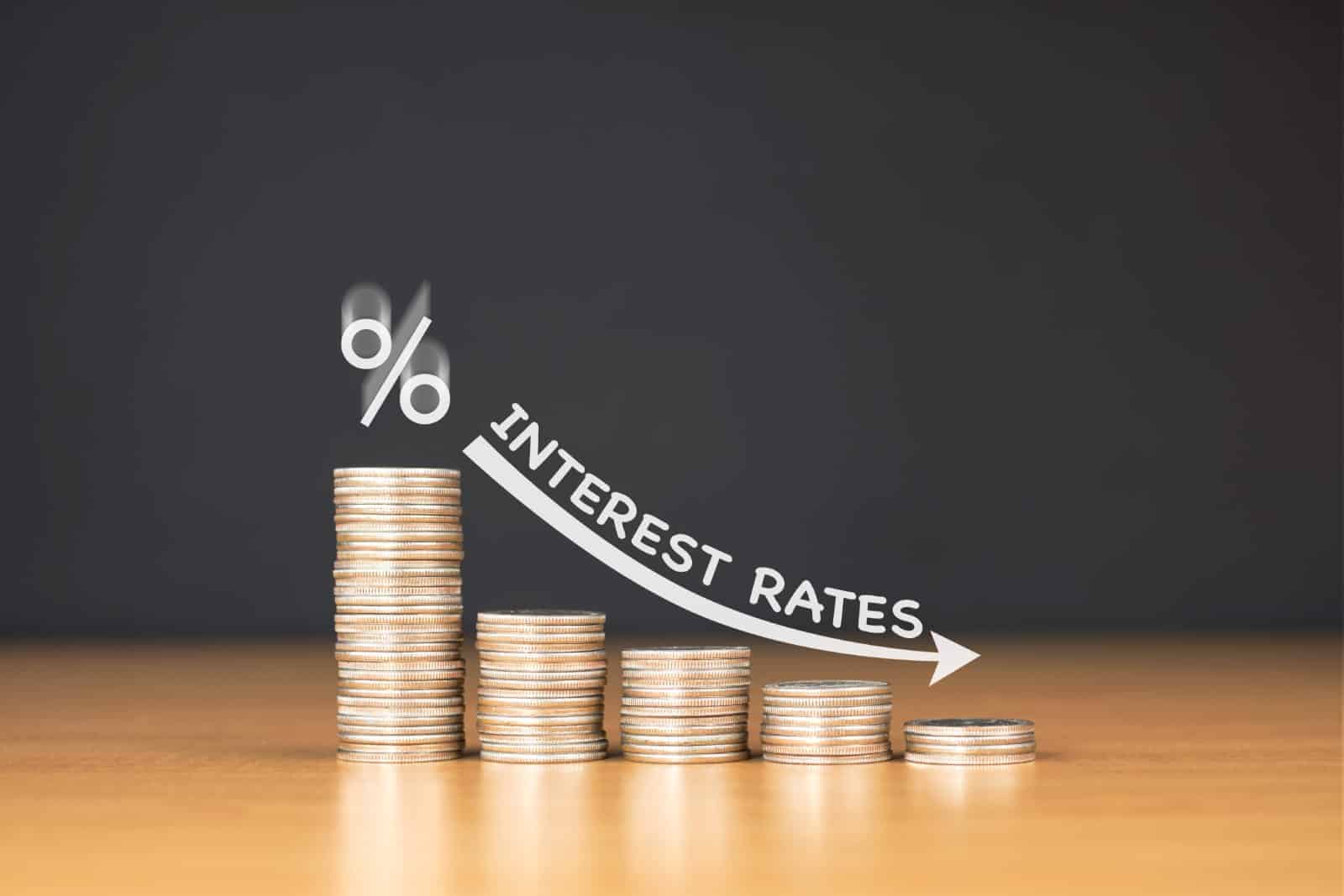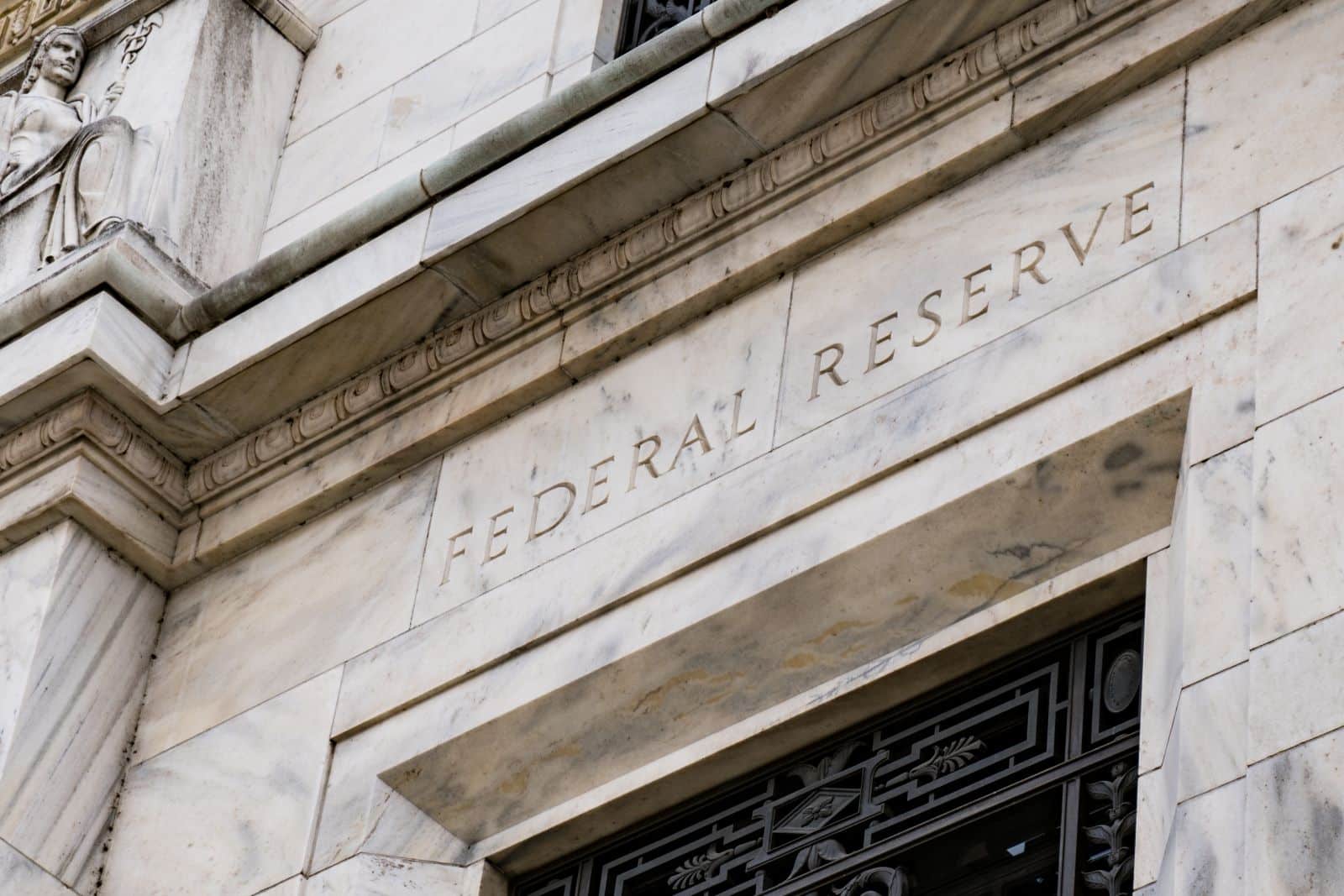Many Americans feel the economy is struggling because of high prices. Even though inflation has slowed a little, costs are still much higher than a few years ago. This leaves people feeling stressed about making ends meet. Let’s explore the economic situation in detail and the reasons behind public views.
The Economic Mood

Most Americans have a negative view of the economy right now. Inflation has eased slightly, but average prices are still considerably higher than three years back.
Price Surges in Everyday Essentials

Household expenses like soda, eggs, and used cars signal significant price hikes. Despite occasional dips, costs have steadily climbed over the last three years.
Some items face double-digit percentage hikes, heightening consumer affordability concerns.
Deflation Versus Disinflation

Deflation signals widespread, sustained price drops across the economy. Disinflation implies slowing inflation rates, with prices still rising, though at a decelerated pace.
Economic Perils of Deflation

A prolonged period of falling prices discourages consumer spending. People delay purchases, expecting further price drops.
This behavior triggers a deflationary spiral, leading to reduced business activities, job losses, and, potentially, economic recession.
Consumer Spending’s Crucial Role

Consumer expenditure drives economic growth, constituting a substantial portion of overall economic activity.
Widespread reluctance to spend due to deflationary pressures adversely impacts business, employment levels, and economic stability.
Debt Burden During Deflation

Furthermore, deflation increases the real value of debt, making loan repayment more burdensome for individuals and businesses.
This constraint on economic activity exacerbates the deflationary cycle’s negative impact.
Advantages of Deflation

With declining prices, essential commodities and services become more accessible financially.
This increased purchasing power can alleviate household budgetary constraints, provided employment remains stable.
Historical Deflation Insights

An examination of past deflationary periods reveals its intricate nature and potential to exacerbate economic downturns.
The Great Depression is a stark reminder of the severe consequences of deflationary spirals.
Deflation Disrupts Financial Assets

Apart from everyday goods, falling prices impact assets like stocks, bonds, and property. Rapid devaluation can destabilize financial markets, triggering widespread economic upheaval.
Central Banks Combat Deflation

To address declining costs and boost economic vitality, central banks employ strategies.
Lowering interest rates and implementing quantitative easing encourage borrowing, spending, and investing – thereby curbing deflationary threats.
Current Economic Indicators

Recent data shows gradual improvement in inflationary pressures. The Consumer Price Index reflects a slight decrease in inflation rates.
However, core inflation persists at elevated levels, continuing to strain consumers and policymakers.
Consumer Analysis

Even though prices have been rising more slowly, most people in America are not happy with how the economy is doing right now.
The main reasons for this are that it is still hard for people to pay for things, and their ability to buy products has not gotten better.
Earnings Going Up, But Prices Too

While workers have been earning more money per hour lately, the increase in pay has not fully made up for the rise in expenses.
For people to feel better about being able to pay for things, their wages need to keep growing steadily.
The Central Bank’s Approach

The Federal Reserve closely monitors inflationary trends and alters money policies based on this.
While the central bank has made some progress in slowing rising prices, it is still working hard to get inflation down to its target level without hurting economic growth too much.
Presidential Perspective

President Biden acknowledges strides in addressing inflation but notes that many Americans still struggle to afford essential goods and services.
Earnings Growth Vs. Rising Prices

Though average hourly earnings have seen slight gains recently, they haven’t fully countered inflation’s impact on consumer purchasing power.
Policy Considerations

Tackling inflationary issues requires a comprehensive strategy involving monetary policies, fiscal initiatives, and structural changes.
Concerted efforts from policymakers, businesses, and consumers are crucial for fostering sustainable economic growth.
Looking Ahead

By addressing inflationary pressures, bolstering consumer confidence, and cultivating economic resilience, stakeholders can collaborate towards a more prosperous and equitable future for all.
The post As Inflation Slows, Why Do People Remain Dissatisfied first appeared on Wealthy Living.
Featured Image Credit: Shutterstock / Shine Nucha.
The content of this article is for informational purposes only and does not constitute or replace professional financial advice.





